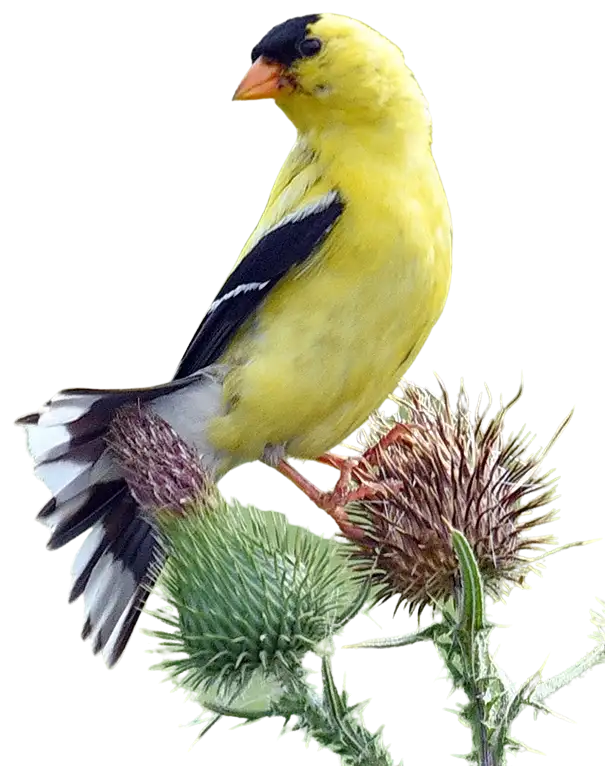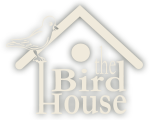President’s note: The RBA conservation committee recently submitted a letter to the New York State Public Service Commission in regards to the planned Apex Lighthouse Wind Project. Below is a summary of that letter. We need New Yorkers to register their comments on this important issue. Please send a letter of your own to the address below.

The Apex Lighthouse Wind project located in the Town of Somerset, Niagara County and the Town of Yates Orleans County is in a critical migratory corridor for raptors, migratory song birds and shore birds. The Rochester Birding Association (RBA) supports wind energy as an alternative to fossil fuel power generation, provided that the facilities do not cause undue harm to nesting and migrating birds. The western NY southern shore of Lake Ontario is also important migratory, breeding and wintering habitat for grassland birds. Placing wind turbines in the proposed location will put millions of birds in danger of collision with the turbines. We need green energy but not at this cost.
The Southern Shore of Lake Ontario is an internationally recognized major migratory route for birds
The south shore of Lake Ontario is an internationally recognized major migratory route for birds. Observational data maintained by the RBA and others, such as Braddock Bay Raptor Research, Braddock Bay Bird Observatory, Hawk Migration Associations of North America, (HMANA) and Buffalo Ornithological Society, show that the region within one to six miles of the shoreline is a major migratory pathway for migratory song birds and raptors. The western NY southern shore of Lake Ontario is also important migratory, breeding and wintering habitat for grassland birds. Significant studies by Audubon NY and The Nature Conservatory in the last ten years have documented the significance of this corridor.
Project Area Overlaps with Established Audubon NY Grassland Bird Breeding Focus Area
Audubon New York, with support from the New York State Department of Environmental Conservation (NYSDEC), has developed a comprehensive grassland bird conservation effort in New York State (Morgan and Burger 2008). The focus of this conservation effort is on regions of the state that have the highest likelihood for sustaining grassland bird populations on a long-term basis. The Lighthouse Wind is in the area designated by this study as Focus Area 1, chosen because the breeding bird atlas surveys have shown the majority of target species to breed in the area, see Table 1 and Figure 3.
Project Area Overlaps with Known and Important Migratory Stopover Areas Along The Lakeshore
From 2009- 2011 The Nature Conservancy, Audubon New York and the New York Natural Heritage Program conducted a field study to test some key hypotheses on migratory stopover habitat for small neotropical migratory birds along the south shore of Lake Ontario. As you can see on the resulting Migratory Bird Stopover Habitat map, Figure 1, the area proposed for Lighthouse Wind project (outlined in black) overlaps with areas predicted to have high to very high abundance and richness of migratory birds during spring and fall migration. Figure 2 shows the expanded use of agricultural areas in fall, migrants were actually positively correlated with agricultural cover with in six miles of Lake Ontario (Figure 2). This interaction between landscape cover and distance from the Lake demonstrates that after crossing Lake Ontario migrants rest and refuel along the lakeshore in isolated wooded patches in the agricultural expanse between Buffalo and Rochester. Rusty Blackbird, is one example of a “Vulnerable” species (IUCN Redlist) that is dependent on the lakeshore area during migration.
Also on this map, directly south of the proposed Lighthouse Wind project, lies the Iroquois National Wildlife Refuge, and Tonawanda and Oak Orchard Wildlife Management Areas (this L-shaped complex is marked with cross hatches). This wildlife complex provides waterfowl and other birds an important migratory pathway and it is to be expected that when these resting waterfowl resume their migration they will head directly north into the Lighthouse Wind project. The same is true heading south in the fall. On hazy, foggy days these waterfowl are likely to collide with wind turbines.
World Class Raptor Migration Occurs on the Southern Lake Ontario Shoreline
The southern Ontario Lakeshore concentrates raptors (hawks, owls, eagles) in high numbers during their biannual passage. Indeed, raptors numbers have been counted at the Braddock Bay Hawkwatch since 1949. This hawkwatch, administered by Braddock Bay Raptor Research, is a member hawkwatch of the HMANA. On a single day in April of 2011, more than 42,000 raptors were counted by professional hawkwatchers. The next year, on April 27th, another 37,000 hawks were counted in a single day (see Braddock Bay Hawkwatch summaries, below). This demonstrates the potential for mass avian mortality should a day’s favorable winds direct birds toward the Lighthouse Wind Project.
RBA Cannot Support the Siting of the Lighthouse Wind Energy Project
In conclusion, the southern shore of Lake Ontario is a critical migratory corridor for both raptors and other neotropical migratory birds. Based on an abundance of biological data obtained from monitoring and other studies, the proposed project area is likely to have unacceptable levels of avian mortality. Therefore, it is not a suitable region for large industrial wind turbine facilities. The Lighthouse Wind or any other large scale wind turbine facility along the lake shore will put millions birds in danger of collision and death.
The RBA concludes that development of wind turbines along the south shore of Lake Ontario is ill-advised, the cost in birds and wildlife will be too high for the people and the ecological balance of New York State. We respectfully advise that the Lighthouse Wind project be relocated to an area that will result in fewer avian casualties.
RBA looks forward to working with government, industry and citizens to ensure that wind energy comes to our region in a way that does not cause significant harm to birds, bats and the ecosystems they inhabit.
PLEASE MAKE YOUR OWN COMMENT AND SPREAD THE WORD!
SEND YOUR LETTER TO:
Honorable Kathleen H. Burgess
Secretary of the Commission
New York State Public Service Commission
Empire State Plaza
Agency Building 3
Albany, NY 12223 – 1350
RBA Comment on LIghthouse Apex Wind (original letter)
rbaartlighthousesupportingdocuments (Supporting documents)
Amy Kahn provided the bulk of factual research into this letter. Thanks to Amy, Bruce Cay, Jay Greenberg, Jim Ochterski, John Waud and Lynn Bergmeyer for providing feedback on subsequent drafts.




